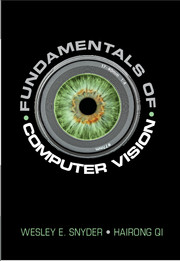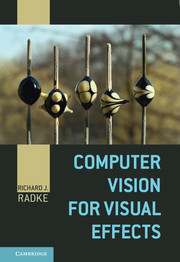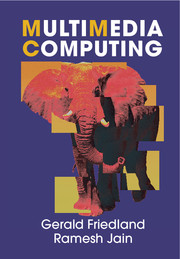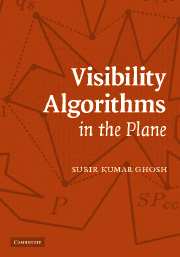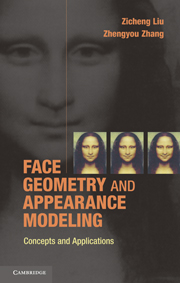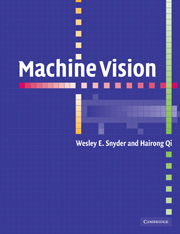Fundamentals of Computer Vision
Computer vision has widespread and growing application including robotics, autonomous vehicles, medical imaging and diagnosis, surveillance, video analysis, and even tracking for sports analysis. This book equips the reader with crucial mathematical and algorithmic tools to develop a thorough understanding of the underlying components of any complete computer vision system and to design such systems. These components include identifying local features such as corners or edges in the presence of noise, edge preserving smoothing, connected component labeling, stereopsis, thresholding, clustering, segmentation, and describing and matching both shapes and scenes. The extensive examples include photographs of faces, cartoons, animal footprints, and angiograms, and each chapter concludes with homework exercises and suggested projects. Intended for advanced undergraduate and beginning graduate students, the text will also be of use to practitioners and researchers in a range of applications.
- Provides a complete mathematical and algorithmic toolbox to develop software which can analyze images and produce decisions about their content
- Demonstrates techniques on a diverse set of examples for a wide variety of applications
- Includes homework exercises and suggested projects with every chapter
Reviews & endorsements
'This new textbook by Snyder and Qi covers fundamental topics in computer vision. The authors do an outstanding job of discussing the subject. I like the way that required mathematical background is presented in the context of computer vision, thus reducing prerequisites on the part of the reader to basic calculus and introductory computer programming. The book is ideally suited for a first course in computer vision at the senior or first-year graduate level in a technical discipline, such as computer science, engineering, physics, or mathematics. I commend the authors for their style of presentation and for keeping a sharp focus on fundamentals.' Rafael C. Gonzalez, Distinguished-Service Professor Emeritus, Electrical Engineering and Computer Science, University of Tennessee
'Written with depth and clarity, this book introduces a variety of fundamentals needed to participate in computer vision research. Not only does it focus on mathematical fundamentals, but it shows all with well-motivated, concrete examples and applications. I believe vision students and researchers will find this book valuable. I look forward to teaching from it.' Tianfu Wu, North Carolina State University
Product details
November 2017Hardback
9781107184886
390 pages
260 × 182 × 22 mm
0.96kg
Available
Table of Contents
- Part I. Preliminaries:
- 1. Computer vision, some definitions, and some history
- 2. Writing programs to process images
- 3. Review of mathematical principles
- 4. Images – representation and creation
- Part II. Preprocessing:
- 5. Kernel operators
- 6. Noise removal
- 7. Mathematical morphology
- Part III. Image Understanding:
- 8. Segmentation
- 9. Parametric transforms
- 10. Representing and matching shape
- 11. Representing and matching scenes
- Part IV. The 2-D Image in a 3-D World:
- 12. Relating to three dimensions
- 13. Developing computer vision algorithms.

